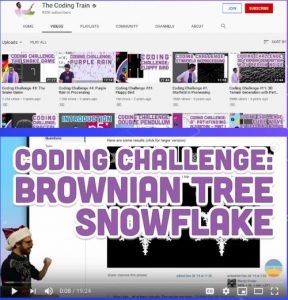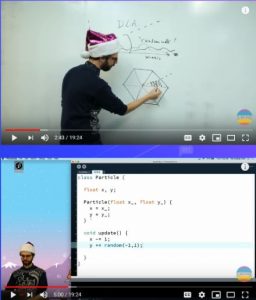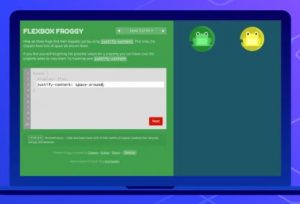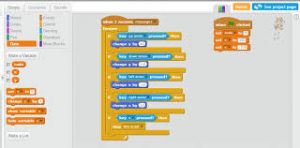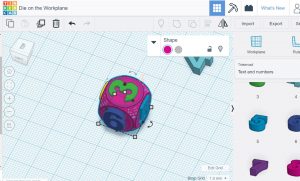During my Wednesday visit we had a TOC that had recently graduated from my program and after talking a bit about my inquiry offered to answer a few questions regarding my topic from the perspective of a TOC as most new teachers will often start out with this position before being offered to work full time at a school. This is what he had to say:
Was there anything you wish you had told your younger self in the beginning?
-Resist the urge to raise your voice. While this is sometimes inevitable, students will often just speak louder and you will become exhausted. A low, calm, firm voice is ideal. That being said, sometimes you just need to wait.
-Building on the previous point, there have been a few times when a class has been so out of control that I’ve simply stood or sat at the front of the class and waited. Don’t expend your energy getting angry. Losing 5 or 10 minutes is not the end of the world.
-Don’t engage in power struggles. While sometimes it is necessary to reason with students who disagree with you, if you actually begin to argue with them, you’ve already lost. Know when to walk away.
-Don’t take things personally. If you’re tired or it’s been a hard day, things kids say can get to you. Take a step back and realize they’re not fully formed human beings and they’re not trying to hurt your feelings. While we do take our jobs seriously, teaching is a job so you need to be able to compartmentalize what happens with students from your overall mood.
-Be flexible. Unless a teacher explicitly tells you not to deviate from their plan, feel free to make changes to adapt to your own teaching style. Or, if the kids are just too rowdy or hyper, take a break. If you take 10 minutes of a 55 minute lesson to run around, the other 45 minutes will be much more productive.
What elements of classroom management have you implemented as a TOC working in classes you don’t already know?
-If there is a seating plan, hold the kids to it. I’m pretty flexible when it comes to a lot of things but when it comes to seating plans, I don’t give an inch. As soon as you let one student move, it’s a slippery slope.
-If you know there are a couple students who have behaviour problems, connect with them as much as possible. Ask them about their personal lives, use them for demonstrations/ setup, joke with them, etc.
-To get a class’s attention/ bring them back after they’ve been chatting, I count down (at variable speeds) from 5. This is something I saw Mark do and it’s worked really well for me. It seems to give the kids time to settle while also holding them to the 5 second window.
-Only let one student leave the room at a time. There’s more flexibility for this in middle school but I never let kids who are friends (or enemies for that matter) be out at the same time.
-If you do give a student a break because they’re anxious, hyper, etc., make sure you are both on the same page regarding when they should be back. Otherwise you may not see them again!
-If you have to discipline/ warn a student, try not to do it in front of other students. Kids are generally pretty reasonable when they don’t have an audience.
-Know when to walk away. As a TTOC, realize it’s impossible for you to have the same type of report with students as their teacher does. You may not be able to get a student to do their work or stop fooling around. Don’t let yourself get upset.
What’s the hardest thing about being a new teacher?
-Not knowing kids’ names is tough. Being able to say kids’ names is a massive help for classroom management. If you can remember a few then it will really help but don’t feel bad if you can’t remember them all.
-Anxiety of the unknown. I suffer from a lot of anxiety so this was especially hard for me. I would stress so much about potentially arriving to no plan or a really difficult to understand plan. To combat this, I always arrive (and still do) at least 30 minutes before the start of school. I value the lack of stress over a bit of extra sleep. Then if there are any issues with the plan, you have ample time to address it. As a side note, I’ve never shown up and there’s been no plan.
-Have realistic expectations for yourself. I’m pretty sure most people who become teachers are super high achievers and have high expectations for themselves. But teaching is hard and you learn every day. There is zero chance you’ll be an amazing teacher right out of the gate so don’t hold yourself to that standard. No one else will. As long as you are slowly improving you should be happy.
Miscellaneous advice:
-Find your comfort zone regarding what you, as a teacher, need to be strict on and what you can be flexible with. This is different for everyone and it will take you time to figure out.
-I wish I had better news but, honestly, my practicums provided like 80% of what I needed to know and UVic made up the rest (and that might be being generous to the university).
-As a TTOC, try out different grades to get a feel for what you want. If there is enough work, only accept call outs for ages you want (it’s a seller’s market right now).
-Find a few schools you like and meet everyone you can. After a year and a half, I work almost every day at one of two schools and I feel super comfortable going to work every day. And I’m always booked in advance and rarely get call outs.
-Be yourself. Don’t try to change your personality too much when trying to adapt to a new situation. Students know when you’re being fake. I don’t teach grade 3 and under because I find myself having to act too different.
-One thing that continues to stress me out is the idea of not being prepared for an earthquake, lockdown, or any other sort of drill. Keep a class list with updated current attendance on you or close by at all times. Then, no matter what, you have everything you need in an emergency.
